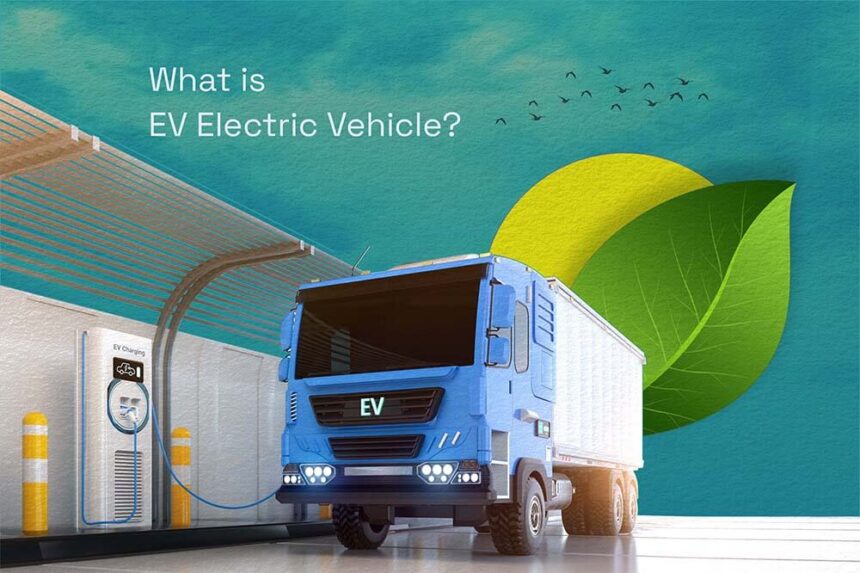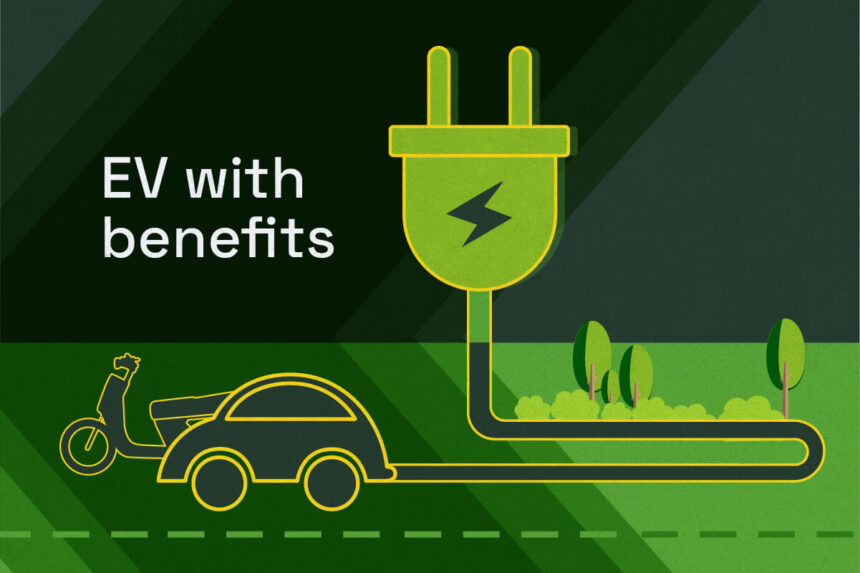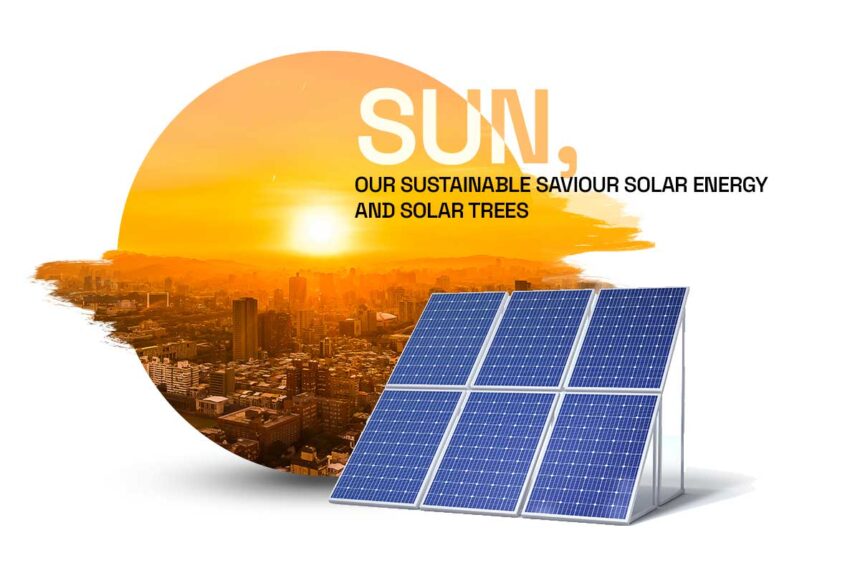Using sustainable energy solutions doesnt have to be expensive. Long-term financial savings and a smaller carbon footprint can be achieved with a few calculated actions and wise investments. Here are a few useful suggestions to help you go green without breaking the bank.
1. Appliances with low energy consumption.
One of the best methods to lower energy usage is to invest in energy-efficient appliances. To ensure that appliances meet the stringent energy efficiency guidelines set by the U. S. look for those bearing the ENERGY STAR label. s. Agency for Environmental Protection. Over time these appliances will reduce your utility costs even though they may cost more up front.
2. LED Illumination.
A quick and affordable method of cutting energy use is to convert to LED lightbulbs. Traditional incandescent bulbs require up to 75% more energy than LED bulbs which also last much longer and require fewer replacements more frequently.
3. Intelligent Climate Control Devices.
An efficient way to control the temperature in your house is with a smart thermostat. These appliances can drastically cut down on energy waste by learning your schedule and modifying the temperature accordingly. With the help of smartphone apps you can operate numerous models remotely and manage your energy consumption even more effectively.
4. Solar Panels.
Despite the potentially high initial cost there are numerous financing choices incentives and rebates available to assist with the cost. Find out about state and federal initiatives that provide tax breaks or financial aid for the installation of solar panels. A more cost-effective option are community solar programs which let you purchase or rent a piece of a nearby solar farm.
5. Insulation for homes.
Proper insulation is crucial for maintaining a consistent temperature in your home which reduces the need for heating and cooling. Inspect your attic windows and doors for leaks and caulk or weatherstripping should be used to contain them. You can also achieve a noticeable improvement by adding insulation to your walls and attic.
6. Energy Evaluations.
Plan to have a professional perform an energy audit. They are able to locate energy-losing areas in your house and suggest reasonably priced fixes. Check with your provider to see if they provide energy audits at no cost or at a reduced cost.
7. Renewable Energy Certificates.
Consider buying renewable energy credits (RECs) if you are unable to install renewable energy systems. With the help of these credits you can offset your carbon footprint without having to install windmills or solar panels. They also support the production of renewable energy.
8. Cut Down Reuse and Recycle.
Living sustainably begins with implementing the three Rs: reduce reuse and recycle. When not in use disconnect devices from the plug and turn off lights to reduce your energy usage. To reduce waste recycle materials and repurpose items whenever possible.
9. Do It Yourself Projects.
Energy conservation is achievable with a variety of do-it-yourself projects. Easy ways to cut back on energy and water use include building a compost bin making a rain barrel for gardening irrigation and installing a clothesline for drying laundry.
10. Give Green Businesses Your Support.
When you can give your support to companies that put sustainability first. You can support the green economy and inspire more companies to adopt sustainable practices by patronizing products from companies that are dedicated to eco-friendly practices.
Conclusion
Budget-friendly green living is possible when economical decisions modest financial outlays and environmentally friendly practices are combined. You can save money in the long run and contribute to the environment by putting these tips into practice. Recall that in the pursuit of building a more sustainable future every little step counts.






